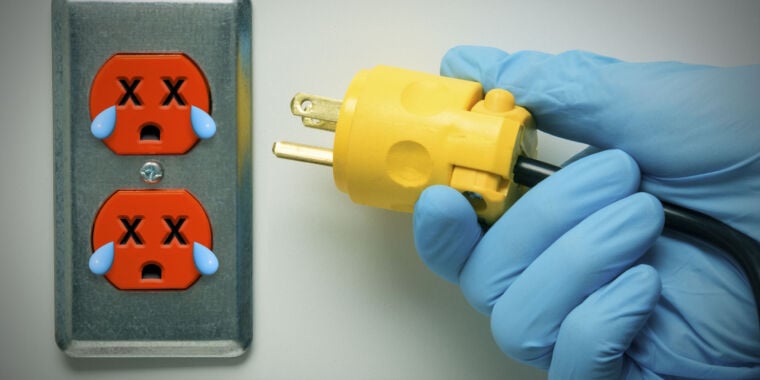- cross-posted to:
- technology@lemmy.world
- cross-posted to:
- technology@lemmy.world
It sounds like you could’ve taken that car back for a warranty claim… depending on your state it should be able to do about 30 miles after either 8 or 15 years, and your was doing less than 20 at 9 years… I assume you were in an eight year state?
Having said that, draining the battery fully every day will absolutely kill it. It’s not good for the battery to be empty that often… an EV with a 300 mile range and the same driving pattern could probably go well over a million miles on the original battery. That’s far longer than the typical life of a modern ICE engine (unless its an engine specifically intended for commercial fleets - those last longer).
Of course, a battery that can do 300 miles is very expensive.
This is the real reason I think high mileage batteries are important… I think most people don’t need 300 miles, but a battery that can do that can also be charged to 60% or 80% and charged before going below 20%, which should dramatically improve its life (saving the full capacity for the once in a while longer trips)
Tesla recommends (I think it’s the default?) limiting charging to 80% and when they drain as low as 20% they shut down to protect the battery. You’ll need to call a tow truck unless there’s a major emergency/evacuation, then they take advantage of the car’s cellular connection to unlock the last 20% and allow drivers to use the whole battery.
I don’t think the Volt did that. Maybe newer (and more expensive…) GM EVs do though.
when they drain as low as 20% they shut down to protect the battery
Haha what? No that is some serious misinformation. A Tesla might go into a slumber mode when parked for a while, this only means it takes a few seconds to start instead of the instant response if you parked for a short while. , but it will not shut down until sometime AFTER reaching 0%.
Also, there are now two types of batteries for Tesla cars.
The Tesla Model 3 RWD’s battery pack uses the LFP chemistry which Tesla recommends charging to 100% at least once per week. Tesla recommends setting the charge limit to 100% for daily use.
The Tesla Model 3 Long Range and Performance variants uses a different chemistry referred to as NMC. The Tesla Model Y owner’s manual recommends setting the charge limit to 90% for daily use. This will minimise degradation and preserve the longevity of the battery.


